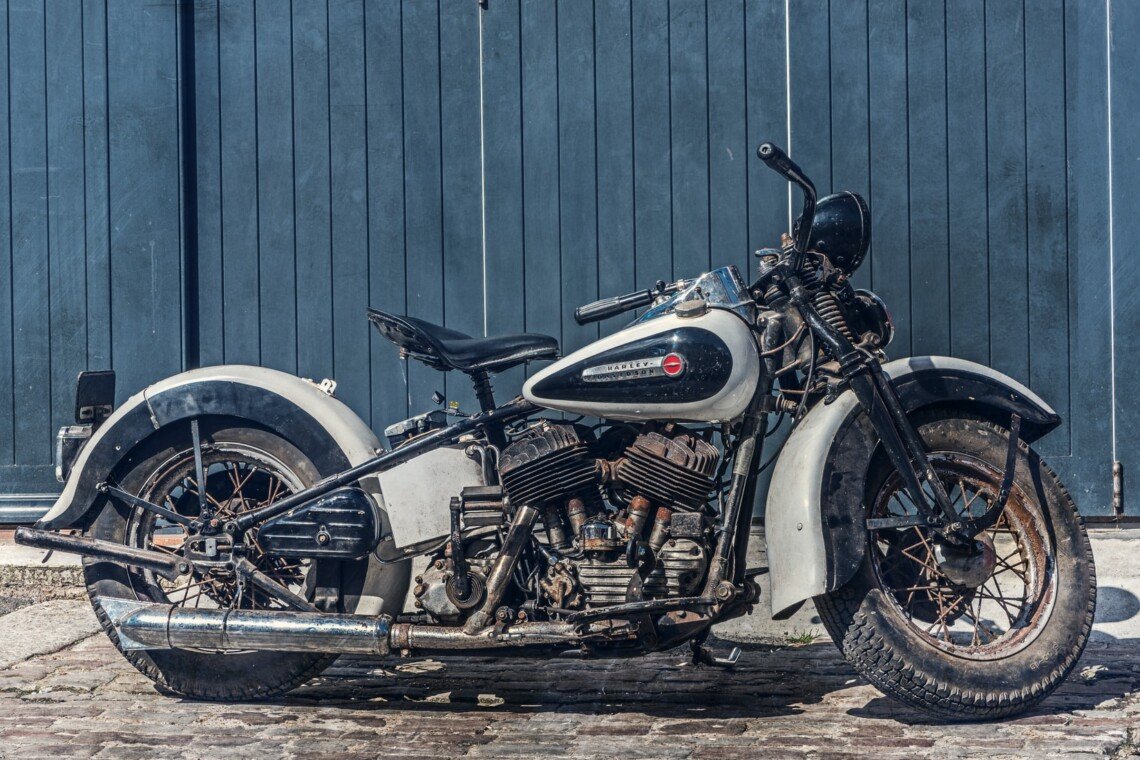How to Compare Motorcycle Vendors Effectively
When you’re looking to buy a motorcycle, one of the most important steps is to know how to compare motorcycle vendors effectively. With so many choices available, it can be hard to decide which vendor is right for you. This guide will walk you through the key factors to consider, so you can make an informed decision and find the best vendor for your needs.
1. Understand Your Needs
The first step in learning how to compare motorcycle vendors effectively is understanding your own needs. Not all bikes are the same, and different vendors may specialize in different types. Consider what you want in a bike, such as the type of riding you plan to do, your budget, and your skill level.
Types of Motorcycles
Motorcycle vendors may offer different types of motorcycles such as cruisers, sportbikes, or touring bikes. Think about what fits your style and purpose. If you plan to use your motorcycle for long-distance rides, you might prefer a touring bike. On the other hand, if you’re looking for something more agile, a sportbike might be better.
Budget Considerations
Your budget is another key factor. Some vendors offer premium bikes with higher prices, while others may offer more affordable options. By knowing your budget, you can narrow down your choices and focus on vendors that match your price range.

2. Research the Vendor’s Reputation
Once you understand your needs, the next step in how to compare motorcycle vendors effectively is to research the vendor’s reputation. A reliable vendor can make a huge difference in your overall experience.
Online Reviews
Start by checking online reviews. Many websites offer customer feedback, giving you a sense of the vendor’s reliability and customer service. Pay attention to reviews about the buying process, customer support, and product quality.
Word of Mouth
Word of mouth is another powerful tool. Ask friends, family, or fellow bikers about their experiences with different vendors. Personal recommendations can help you make a more confident decision.
3. Compare Prices and Offers
After you’ve narrowed down your options based on reputation, it’s time to look at prices and offers. Learning how to compare motorcycle vendors effectively includes understanding the pricing structure and what’s included with your purchase.
Price Range
Prices can vary widely depending on the type of bike, brand, and vendor. Compare the prices of similar bikes from different vendors. Make sure to look at both the base price and any additional costs, such as taxes, fees, and optional features.
Special Offers and Discounts
Many vendors run promotions or offer discounts for certain models or payment plans. Some might even have seasonal sales. By checking for these offers, you can get a better deal on your new motorcycle.
4. Evaluate Customer Service
Customer service is an essential factor when learning how to compare motorcycle vendors effectively. A good vendor should provide excellent support before, during, and after your purchase.
Pre-Sale Support
Good vendors will answer your questions and provide clear information about the motorcycles they sell. They should help you understand the features, specifications, and benefits of each bike. If the vendor doesn’t respond to inquiries or seems unhelpful, it might be a red flag.
After-Sale Support
After you buy your motorcycle, you may need help with maintenance, repairs, or warranty issues. Check if the vendor offers after-sale services such as free maintenance checks or warranties. A good vendor will be ready to assist you if something goes wrong with your bike.
5. Visit the Showroom
When learning how to compare motorcycle vendors effectively, visiting their showroom is an important step. While online research is helpful, nothing beats seeing the bikes in person.
Test Ride
A test ride is one of the best ways to evaluate a motorcycle. Most vendors allow potential buyers to test ride their bikes. Take advantage of this and see how the motorcycle feels. Pay attention to comfort, handling, and performance.
Ask Questions
While at the showroom, don’t hesitate to ask questions. Good vendors will have knowledgeable staff who can answer your questions about the bike’s features, performance, and pricing.
Conclusion
In conclusion, how to compare motorcycle vendors effectively involves understanding your needs, researching the vendor’s reputation, comparing prices, evaluating customer service, and visiting showrooms. By following these steps, you can make a well-informed decision and find the right vendor for your motorcycle purchase. Always take your time, do thorough research, and choose a vendor that aligns with your preferences and budget. Happy riding!



